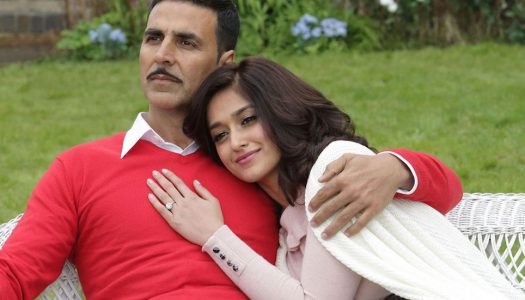 9 years ago
9 years ago
Production Posts – Rustom
Writer Vipul Rawal, cinematographer Santosh Thundiyil & costume designer Ameira Punvani, unveil the do’s and innumerable ‘to be done’s’ behind Rustom
Read More
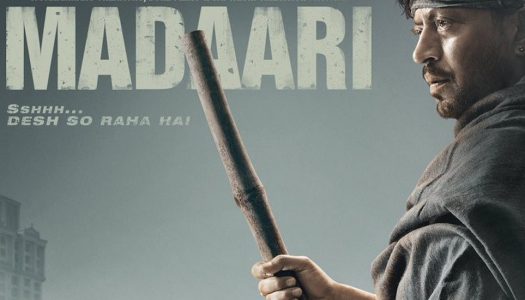 9 years ago
9 years ago
Creating a real world has become my style of specialization: Sachin
Sachin Lovalekar is a man of few words but vast talent. When you talk to him, you get a sense of how his simplicity depicts itself on-screen in his work as a Costume Designer. From Marathi films like the incredible Dombivali Fast to the recently released Irrfan Khan starrer Madaari, Sachin is nailing the look of characters with ease. Lovalekar believes that costumes worn on-screen should speak about the characters and their stories and that elaborate designs can be left for the ramps. He talks to Pandolin about the costumes in Madaari, a film which falls under the ‘realistic’ category, and how one can only be mesmerized in the presence of Irrfan Khan.
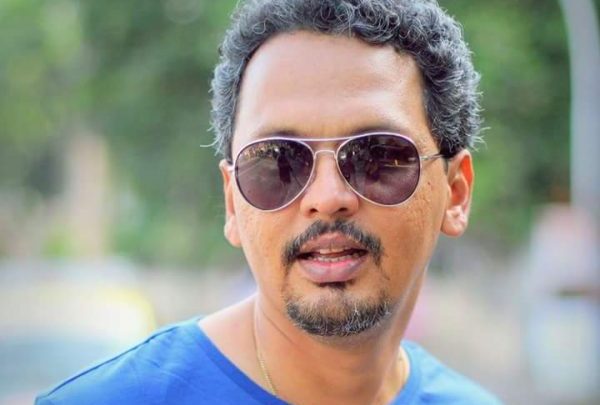
Sachin Lovalekar
How much of research went into the designing for Madaari?
The basic criteria was to make the costumes very realistic. Nothing should be striking or forced in terms of colors, textures and looks. The protagonist travels to Dehradun, Rajasthan, Delhi and other cities, so it was important to get the flavor of all these places. The other thing was to keep in mind the weather of these places as the characters had to be dressed accordingly. We visited various schools to research what type of uniforms and shoes are worn by kids, and how they are different from each other.
WATCH: MADAARI | OFFICIAL TRAILER
For this film, you’re working with designer Namratha Jani again after Paan Singh Tomar. Do you divide the script and characters amongst yourselves or work in common for each character?
No, we don’t divide the script. Namratha does the costumes for Irrfan Khan and handles his personal styling and that was the case for this film too. She has also worked on Jimmy Sheirgill’s wardrobe for this film. So you can say it’s not about dividing the characters but actors or stars. (laughs)
How do you start designing for a film project? What is your process?
It totally depends on the director that I am working with. Costume designing doesn’t happen in isolation. It is mainly narrating the story through the clothing. So the director’s technical inputs are important. Also I read the script thoroughly to understand the characters and come up with something of my own. Then I discuss my visualization with the team. There is a lot of brainstorming before we mutually settle down on a design/style.
I mostly source the apparel from local markets to keep the local flavor intact
Where do you source your textiles and garments from? Do you have a particular source or does it vary from project to project?
It depends on lot of things like the kind of script, the director’s requirements etc. I mostly try to source the apparel from local markets to keep the local flavor intact. It’s important to amalgamate elements of the place that you are shooting in or where the script is based.
READ: COSTUME DESIGNING – A FRESHER’S GUIDE
Also, how much does your personal style influence the projects that you work on?
I have realized over a period of time that creating a real world has become my style of specialization. Everything is more realistic than say, ‘stylish’. My style is such that the clothes shouldn’t stand out or shout. If I notice it, it’s bad. It should be a ‘subtle, flowy, no unnecessary attention, justified, blended, and accepted by the director’ look. Personally also I admire such clothes and looks.
Please talk about your collaboration with the actors while designing the costumes.
I really like it when the actors come up with suggestions. It’s admirable. I find the collaboration beneficial. There are quite a few of them who come with brilliant suggestions. They know their character in and out, so if they suggest something then I try to incorporate it. But it totally depends on whether it suits the character’s parameters. Such a detailed partnership between the actors and the designer takes the entire look to another level. So I really like discussing it with them. Till the time it’s about the character and not the actor’s /star’s preferences I am game for it. (Laughs)
My style is such that the clothes shouldn’t stand out or shout
What particular color scheme did you choose for Madaari? How closely do costume designers work with set designers and cinematographers in terms of colors?
The main palette was dull, greyish, and colors that don’t hurt the eyes. So we indulged in greys and browns. It was a conscious decision on the part of the entire team. I have worked with DOP Avinash Arun and director Nishikant Kamat earlier too. So I am quite comfortable with their style of working. And that helps a lot. Once the reading, research and visualization is done I make a presentation to which they add their suggestions. That’s where we agreed on the grey tone. Even the characters which are shown as well off in the film weren’t colorful or didn’t have happy colors on them. Everything had to be subtle. No flashy colors at all.
READ: AGREED TO BE PART OF MADAARI BECAUSE IT WAS SO AUDACIOUS – RITESH SHAH
Also all the characters in this film are ‘common’ people, how do you make them distinct from each other?
You can add a bit of detailing because though the characters are common but their characteristics, habits, professions, etc. can be different. In this particular film, the old man who finally identifies Irrfan’s character is a typical Maharashtrian man. Being from Maharashtra myself I could add a bit by understanding the caste, socio-economic background, etc. that he is coming from and add those references. Also I used actual people’s references for the film. It adds nuances to the costumes ‘performance’ on-screen. And it also helps the actors to ‘fit’ into a character if the clothes are well researched.
Nothing should stand out and reflect anything other than the characters
As a designer, do you have any signature style that you do for every film despite what genre or style it is?
(laughs) You tell me! I guess my “be as real as possible” belief reflects in my designs. I take references from actual people, for example, when we were shooting Laal Rang, I went to Karnal in Haryana to understand the locality and people as I was unfamiliar with it. So I went there and sourced material from the market. I can say having no signature style is the style. Nothing should stand out and reflect anything other than the characters.
You’ve worked with Irrfan Khan before as well. Please talk about your association.
I am awestruck by the man and respect him tremendously. There are so many things to observe. He is effortless. When you are working behind the scenes, you notice how much thought and effort goes into making the things effortless on-screen. I am yet to meet an actor who matches him. He just walks in on the set, says the lines, takes inputs, and delivers such a nuanced performance with so many subtle gems. You actually go `Oh god! how did he get this!’ It’s completely mesmerizing.
READ: IRRFAN KHAN- THE MANY FACED SCREEN GOD
You’ve been part of many realistic, contemporary films like Dombivali Fast, Mumbai Meri Jaan to Court, Killa and now Madaari. How difficult is to design for such films where one has to ensure that the costumes don’t ‘stand out’?
I think it has more to do with having a sense of how and where to source (costumes) from. You should understand what you are trying to create and what the character look like. The production designer, DOP and director contribute to make it a combined effort. If I have to show off my designing and clothes, I’d rather do it on a ramp show than design for someone’s story and ruin it. So sticking to where the character is coming from, his needs and understanding helps build the costume’s journey. Read More
 9 years ago
9 years ago
Production Posts – Dishoom
Costume Designer Subarna Ray Chaudhuri & Casting Director Vicky Sidana share the experience, challenges & all that went into fleshing out the characters of Dishoom
Read More
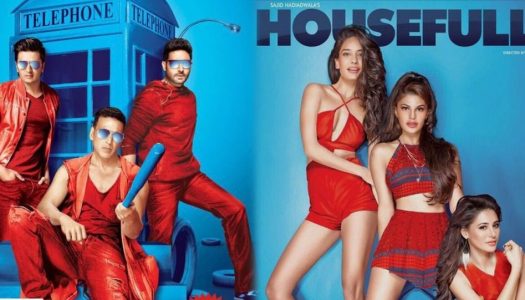 9 years ago
9 years ago
Gloss and Glamour – Costumes of Housefull 3 with Subarna and Shiraz
Costume Designers Subarna Ray Chaudhuri and Shiraz Siddique discuss the practices involved in designing and detailing for the characters in Housefull 3
Read More
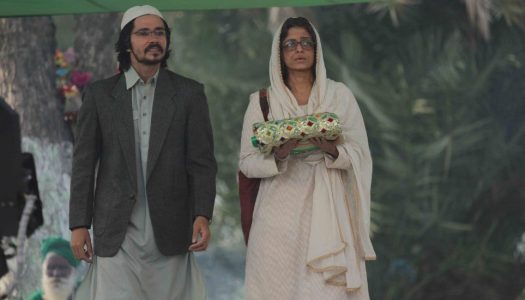 9 years ago
9 years ago
As designers a biopic is always a challenge – Shaahid & Neetu
Sarbjit’s costume designers Shaahid Amir and Neetu Singh talk about designing completely realistic clothes and accessories for the biopic.
Read More
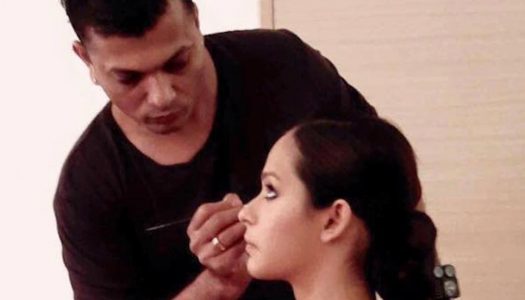 9 years ago
9 years ago
An actor’s face is a canvas for the makeup artist – Subhash
One of Bollywood’s most prolific makeup artists, Subhash Shinde talks about Aishwarya Rai Bachchan’s makeup in Sarbjit and more.
Read More
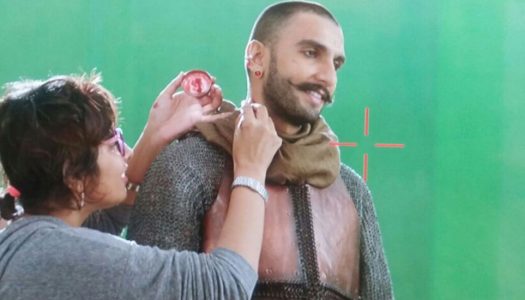 9 years ago
9 years ago
We need a more professional approach to make-up design- Preetisheel
Makeup artist Preetisheel Singh gets candid about winning a National award for her debut film, setting up the first prosthetic lab in the country and more.
Read More
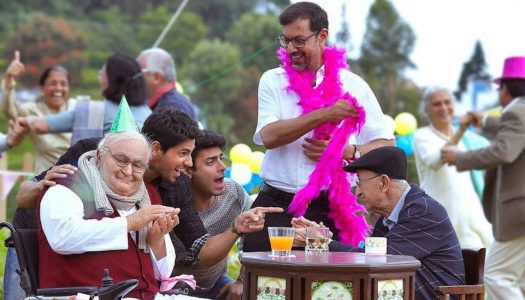 9 years ago
9 years ago
Realistic & Believable – The Costumes of Kapoor & Sons
Nikita Mohanty, Natascha Charak & Archana Walavalkar, the designers of Kapoor & Sons share all that went into the costumes of the romantic drama.
Read More
 9 years ago
9 years ago
I wanted to organically and emotionally style clothes for the characters
Indian couture designer Anju Modi talks about the love and labour that she put in creating clothes for Sanjay Leela Bhansali’s Bajirao Mastani
Read More
 9 years ago
9 years ago
Sanjay Leela Bhansali lets you heighten the drama through costumes
Costume designer Maxima Basu gives us an exclusive peek into the conceptualization and execution of costumes for Sanjay Leela Bhansali’s Bajirao Mastani.
Read More
